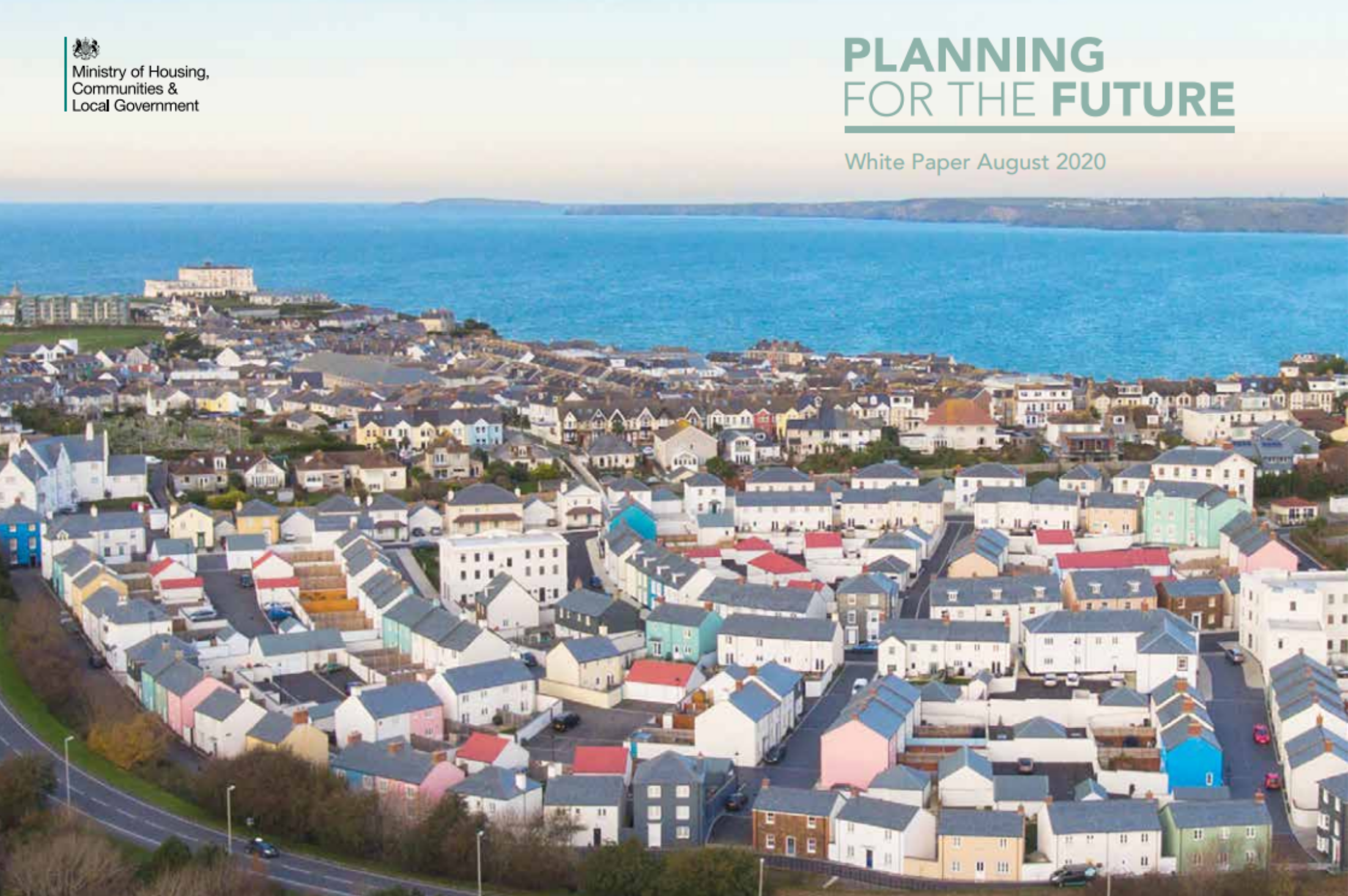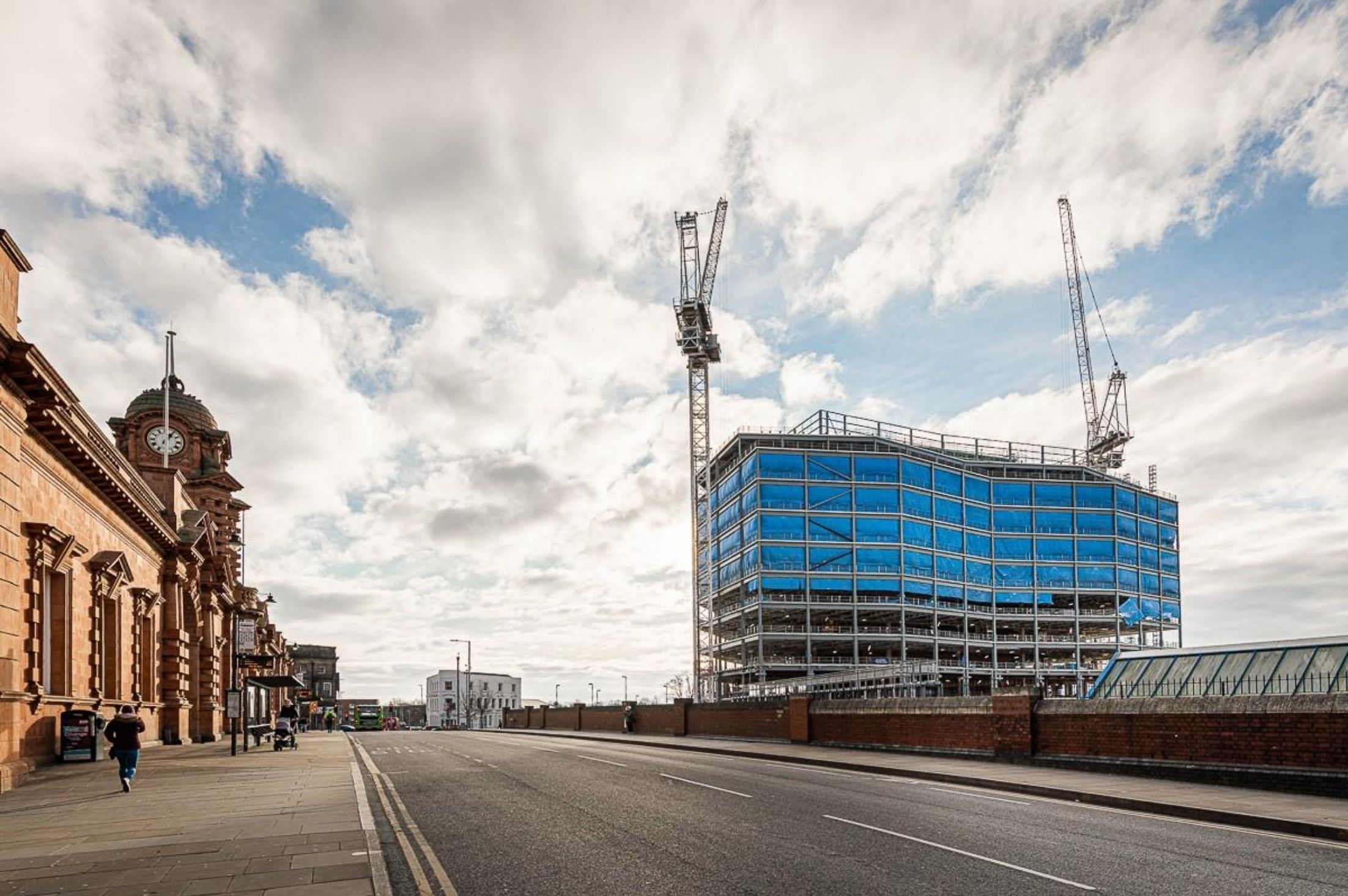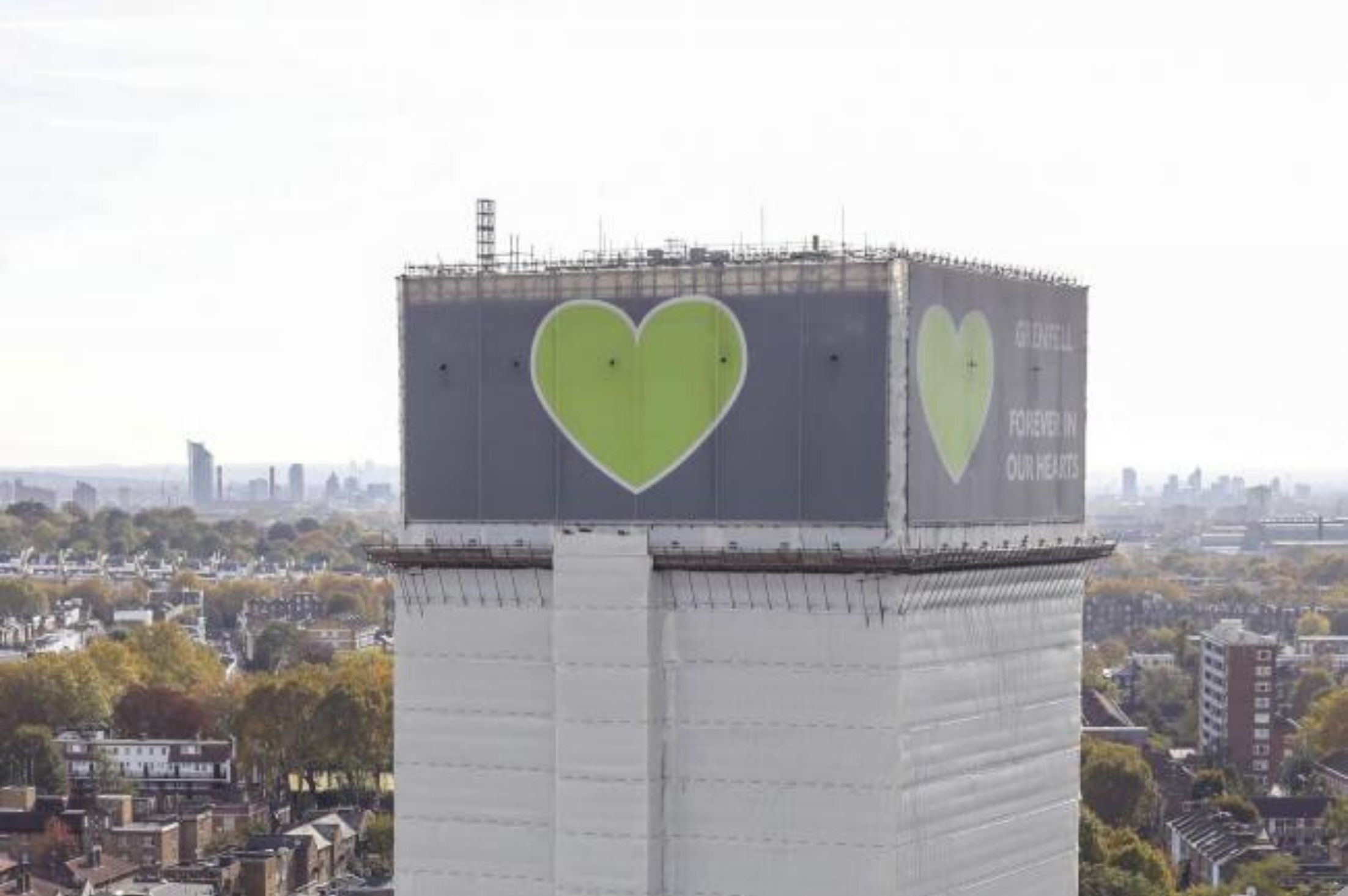The Planning White Paper, published in August 2020, promised the biggest shake-up of the planning system since the Second World War. However, there has been a re-think following the Tories’ Amersham and Chesham by-election defeat where planning dominated the campaign, with the electorate concerned that the proposed changes would make the planning system less democratic with less opportunities for communities to participate. Jonathan Jenkin, Consultant at Planning & Design Practice takes a look at what might be in store for the Act in 2022.
There is a section within the Conservative party who loathe the planning system on ideological grounds. It is seen as one of the last bastions of socialism one that should be scrapped to allow the market in land and property to be unfettered with development rights returned to landowners.
There is another section within the Conservative party who use the planning system to protect their often-privileged way of life. Those who have paid to live in the Green belt, in conservation areas, the coast, AONBs, National Parks etc and whose property prices reflect the constraints on development in those areas. There are also those who value tradition, the way areas look, protecting old buildings and the quality of the man made townscape and landscape of town and countryside. Whether it is protecting privilege or a way of life, anti-development protest has become a middle-class activity.
The planning system has been starved of resources in the last 10 years. The system has lost expertise, few councils have conservation officers, Development Control is often poorly paid and many of the best planners now work for the private sector. Enforcement is also laxer, undermining the faith people have in the system and its fairness. This lack of resources both at local level and nationally through the appeal process has slowed the system down. In wealthy areas councillors have become more anti-development to reflect the wishes of their constituents. This leads to planning officer’s recommendations being turned down and pressure on the appeal system. This has led to calls to simplify and speed up the system. Changes to the General Permitted Development Order have become labyrinthine and have reduced the scope of the planning system to control change particularly in urban areas. This has conversely increased the anxiety of those seeking to prevent development from allowing schemes fearing future changes that cannot be controlled.
The whole system is a mess, and the first thing is that it needs proper resourcing using public money. Michael Gove is now the minister responsible; few would mourn the loss of Robert Jenrick. Michael has said that public money for public goods , but can he do this for planning?
The second is a review of the GPDO, to make it sensible.
The third is a new white paper that seeks to create a proper system of local, regional, and national plans which provide direction and purpose helping to ensure that national infrastructure and climate change goals can be delivered with levelling up through a proper appraisal of the needs of the country.
The Planning White paper of 2020 (Planning for the Future) sought to further reduce the role of planning in public life. It sought to divide and rule with areas for growth, development, and protection. It tried to give protection to the wealthy and privileged while removing controls in poorer areas as a way of meeting the ideological divide at the heart of the party. The white paper was not about what is good for the country, or the well-being of its people and it should have been.
The white paper bit the dust following the Amersham and Chesham by election. A safe conservative seat to the liberal democrats who used the fear of the loss of a functioning planning system to win the seat. In the conservative heartlands, planning matters and I hope that the new white paper will look at the national picture in England to deliver for all the people in the country a national system that is equitable to all.
The new white paper is promised sometime this year. Let’s see….
Jonathan Jenkin, Consultant, Planning & Design Practice Ltd





